Questions on 50-Year-Old Albizia Mimosa Tree / Silk Tree
westes Zone 9b California SF Bay
last year
last modified: last year
Featured Answer
Sort by:Oldest
Comments (19)
Related Discussions
Mimosa/silk tree questions
Comments (63)Gardengal you took the words out of my mouth, I totally agree with every point you made. I've studied the songbird issue extensively because I would never grow a plant that would be a major contributor to songbird deaths. I also deliberately avoid growing any invasive plants, repurpose/reuse/recycle, eat sustainably, and manage a native garden at our local elementary school. Just so it's clear to certain people that I am not mocking environmentalists, but rather calling out extremists. Cecily now you're backpedaling and focusing about the songbird issue rather than the invasivness issue, which is the issue that is subject of this post. If that's your reason for objecting to nandina, then just say it. I still stand by the facts that the seedlings are not overly high in quanity in Virginia compared to other clearly invasive plants. This is also true out in rural Warrenton where I also spend time gardening. Clearly the seedlings annoy you, so by all means pull them out and maybe figure out how they're getting onto your property so you can deal with the source. I watch my nandinas like a hawk each year for berry consumption by birds and I never lose any berries, they continue on into the next spring and I cut them off when they start looking ratty. Same is true on my brother's property in rural Warrenton. And he has the same experience of me, a few seedlings directly under the plants, and berries that persist into the spring. So it's not an urban / rural issue. Whether a plant in the invasive species list is still sold in the state is irrelevant to whether the list is accurate and valid. Of course commercial sellers are going to keep selling bad plants, that's what they do, human nature. So I'm kind of done with this too because when someone is either not listening, is not comprehending, too biased to openmindedly consider what other people are saying, or actively trying to start and maintain a fight, I walk away. Have a nice Defensive Saturday!...See MoreMimosa ~ silk tree
Comments (25)We took Amtrak from NY to Florida a few years ago. All you saw was Mimosa's growing along the tracks, in the tracks, everywhere in places no one mowed. From North Carolina down to Florida. You couldn't see anything from the windows of the train except forests of Mimosa's. Now that we live in Sarasota, my neighbor has one, just one tree which invades all my flower beds. They sprout inside large bushes like Hybicus, Jasmine, Gardenias, etc. I am constantly pulling them out of flower beds. They will grow wherever you don't mow. They are difficult to remove. They make big seed pods which the wind carries all over the neighborhood. Many of the seedlings do not show until they are tall and so difficult to pull out. I would never recommend anyone planting this tree. They might not invade your yard (but they will), but your neighbors yards....See MoreMimosa tree question
Comments (15)I have a patio set with flagstones where I planted 3 mimosas, 2 straight species and one rosea. Patio is raised and gets direct summer sun plus radiant heat off the house walls. The rosea is fairly recently planted (last fall) and small, did really well until this freezing winter. Looks like tops have died down to about 1 foot off ground. Don't know whether to wait to see if the dead part resuscitates before lopping off. New to trees and their behaviors. The rosea was supposed to be more cold-hardy. There are many mimosas around here, some big and full with beautiful summer flowers. Hope my baby rosea survives. They like heat and they like to be watered in the summer....See Moredappled shade: mimosa (silk tree) or locust?
Comments (9)I have several purple robed locusts. They are very beautiful with dappled shade. Their branch structure is more spare than other locusts. They have multiple suckers coming up which are black locusts, more dense with white flowers. I need the shade so I'm letting the suckers grow. The suckers have long sharp thorns. Have 4 mimosas. They are late to leaf out. Their leaves stay late in Autumn. Flowers are nice and fluffy. Light shade. Squirrels use these trees to access the roof, fun to watch them scurry. The locusts are more drought tolerant. Both trees like heat and sun, and the mimosa wants a lot of water. The locusts will get taller than the mimosas. I planted these trees on a raised bed patio for dappled shade, and because I need trees there that will enjoy the full blasting sun over the roof. The raised bed patio is a good size and is flagstoned (hand-sized gaps between stones) and I needed a tree with very aggressive strong roots to bind all the dirt in the patio together -- the purple robed locust has very aggressive ropey roots that travel far and has been the perfect tree to bind the patio. There's creeklets alongside the bottom of the patio raised bed so once those locust roots hit the creeklets it can slurp up all the water it desires. Some folks do not like mimosas but I do, very pretty in summer, birds flock to them. Have seen old ones make a lovely umbrella canopy. Also have a shademaster locust, nice rich green, and several neighbors have very beautiful golden locusts....See Moreken_adrian Adrian MI cold Z5
last yearwestes Zone 9b California SF Bay thanked ken_adrian Adrian MI cold Z5westes Zone 9b California SF Bay
last yearlast modified: last yearwestes Zone 9b California SF Bay
last yearlast modified: last yearwestes Zone 9b California SF Bay
last yearwestes Zone 9b California SF Bay
last yearfloral_uk z.8/9 SW UK
last yearlast modified: last yearwestes Zone 9b California SF Bay thanked floral_uk z.8/9 SW UKwestes Zone 9b California SF Bay
last year
Related Stories

EDIBLE GARDENSHow to Grow 10 Favorite Fruit Trees at Home
Plant a mini orchard in fall, winter or early spring to enjoy fresh-off-the-tree fruit the following year
Full Story
CHRISTMASHouzz Call: Show Us Your Christmas Tree
Please share your favorite tree-trimming traditions and post pictures of your tree and holiday decor
Full Story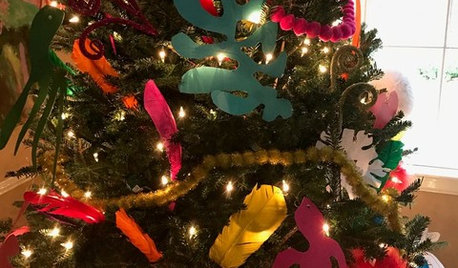
CHRISTMAS105 Creative Christmas Trees Celebrate Every Kind of Style
Houzz readers dress their Christmas trees with butterflies, feathers, family photos, Matisse cut-outs and light
Full Story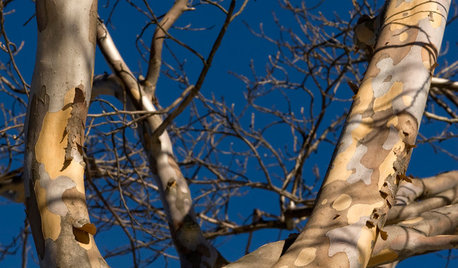
WINTER GARDENING8 Gorgeous Trees for Winter Interest in the Garden
Intriguing forms and beautiful branches take center stage when color heads back into the wings of the winter landscape
Full Story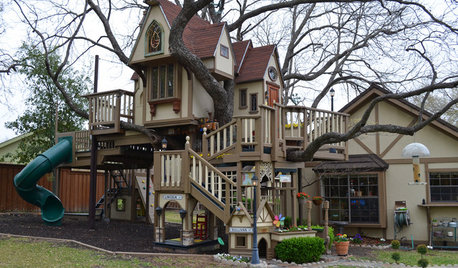
MOST POPULARThe Most Incredible Kids' Tree House You'll Ever See?
Duck your head to enter this unforgettable Dallas wonderwork, lovingly crafted with imaginative delights
Full Story
HOLIDAYSHouzz Call: Show Us Your Christmas Tree!
We’d love to see how you make your tree your own. Please show us your best photo and tell us about your traditions
Full Story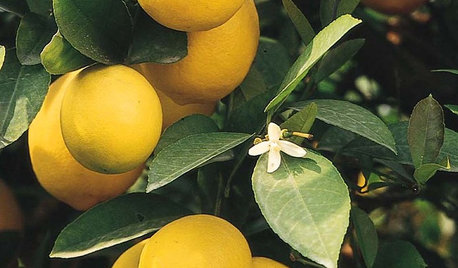
EDIBLE GARDENSThere’s a Lot to Love About a Meyer Lemon Tree
See how to grow this sweet fruit tree
Full Story
FALL GARDENING6 Trees You'll Fall For
Don’t put down that spade! Autumn is the perfect time for planting these trees
Full Story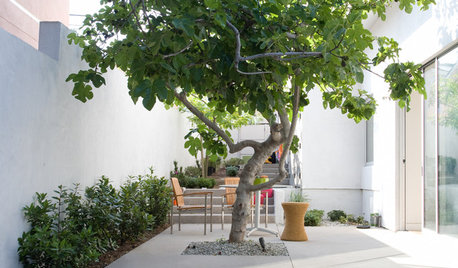
TREES10 Spectacular Trees for Courtyards and Tight Spaces
Here are some top small-scale trees for 4-season interest, easy care and little mess
Full Story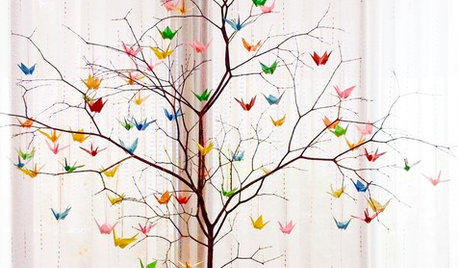
HOUZZ CALLShow Us Your Christmas Tree!
Are you proud of your holiday handiwork? Share a well-lighted picture of your decorated tree and tell us about it
Full StorySponsored
Zanesville's Most Skilled & Knowledgeable Home Improvement Specialists



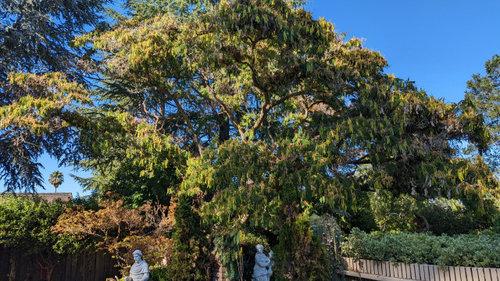

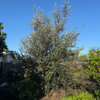
gardengal48 (PNW Z8/9)